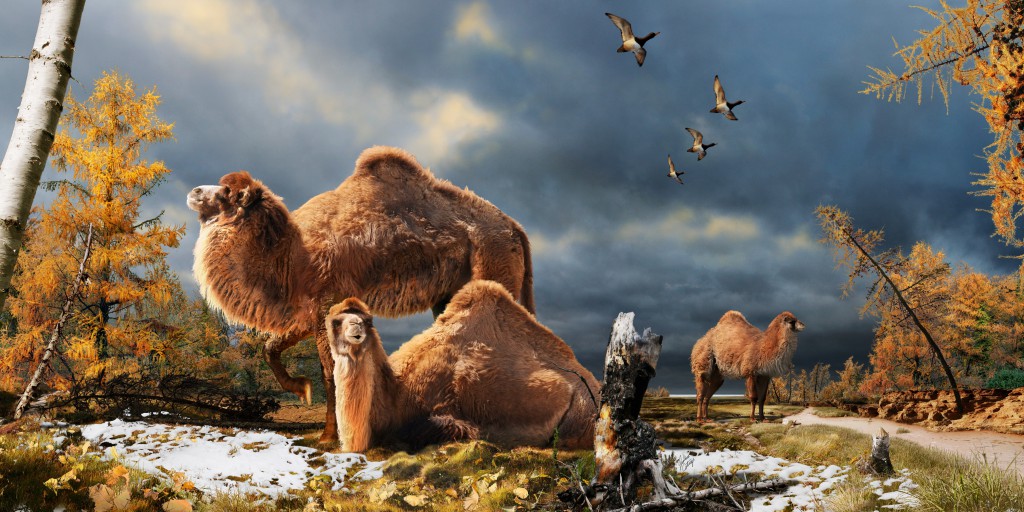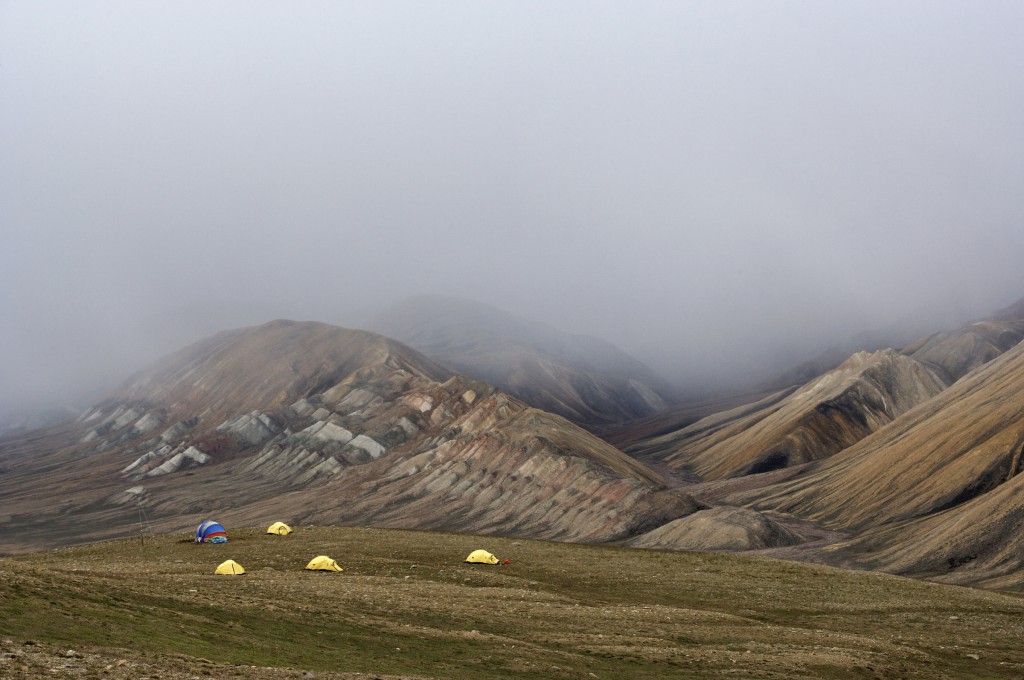Podcast: Play in new window
BOB HIRSHON (host):
Ancient Arctic camels. I’m Bob Hirshon and this is Science Update.
Most people think of camels as well-adapted to their desert habitat. Their fat-storing humps help them survive the lack of food, and extra-wide hooves make it easier to walk on sand. But the recent discovery of ancient camel fossils in the high Arctic is forcing paleontologists to rethink the origins of those archetypal traits. Natalia Ryczynski of the Canadian Museum of Nature says the fossils date back 3-1/2 million years, to when the Arctic was covered in boreal forest.
NATALIA RYCZYNSKI (Canadian Museum of Nature, Ottawa):
Possibly, the earliest ancestors of the camels were originally adapted for living in a northern forested environment, and some of the traits like the humps were actually originally specializations for surviving through the winter.
HIRSHON:
Wide hooves may have made it easier to walk on snow. And excellent night vision would have been useful for enduring months of Arctic darkness. I’m Bob Hirshon, for AAAS, the science society.


